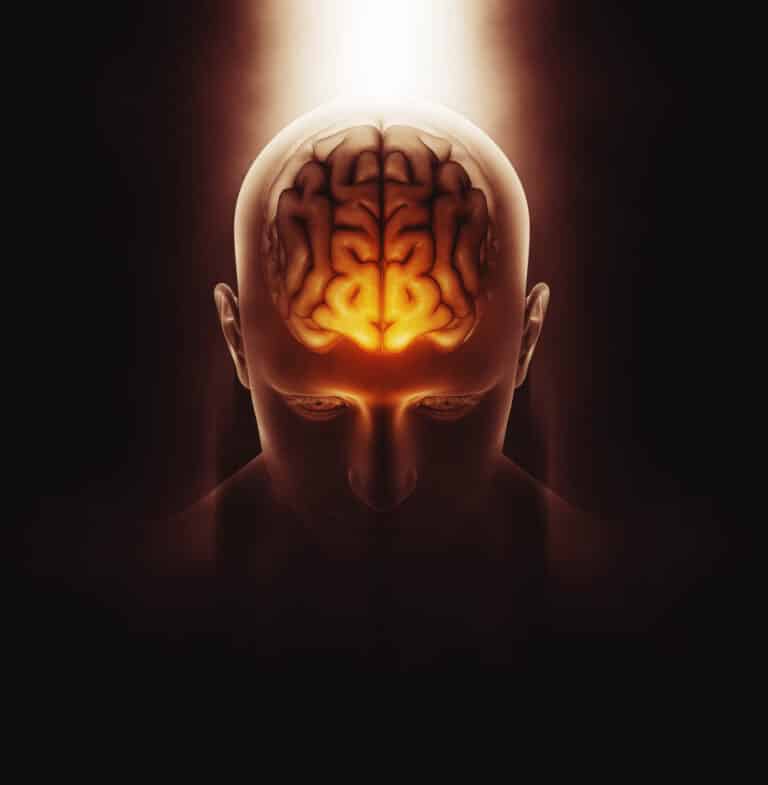In most areas of medicine, the physical exam involves stethoscopes, palpation, and labs. But in psychiatry, we do something different—we observe, listen, and engage. In psychiatry, psychology, and counseling, the Mental Status Exam (MSE) is our version of the physical exam. MSE is a structured way of understanding someone’s current cognitive, emotional, and behavioral state.
“Most of the information is obtained during the interview through informal observation,” You’re assessing the patient during your interaction, maybe even without telling them exactly what you’re assessing.”
Dustin Bower
“Anxiety is something many people manage, but when we look deeper, some of these behaviors might reveal why they’re struggling in their interpersonal relationships. It’s a key piece in understanding the bigger picture of their emotional world.”
Melissa Turvey
Why Use the Mental Status Exam?
Essentially, it’s a snapshot of a person’s here-and-now. And that’s critical, especially during crises or major transitions. It’s not about checking boxes. The MSE helps us:
- Identify psychiatric symptoms
- Clarify diagnoses
- Establish a baseline for future assessments

Why Use the Mental Status Exam?
Essentially, it’s a snapshot of a person’s here-and-now. And that’s critical, especially during crises or major transitions. It’s not about checking boxes. The MSE helps us:
- Identify psychiatric symptoms
- Clarify diagnoses
- Establish a baseline for future assessments
Part 1: The External Landscape
Appearance & Behavior: What We See (and Sense)
Dustin gave us a simple, brilliant framework:
“If you can capture it in a photo, it’s appearance. If it needs a video, it’s behavior.”
Appearance includes clothing, hygiene, grooming, and physical presentation. Is someone dressed for the season? Are they disheveled or meticulously styled?
Behavior, on the other hand, is all about movement and engagement: Are they pacing? Avoiding eye contact? Sitting rigidly?
These subtle clues can reveal agitation, withdrawal, and even side effects of medications.

Part 2: The Emotional Terrain
Mood: The Inner Weather System
Mood is how the client feels on the inside—and we usually have to ask to find out.
Instead of “Patient appears depressed,” try:
“Client stated, ‘This is the worst time in my life, and I feel extremely hopeless.’”
That level of documentation not only reflects accuracy—it honors the client’s voice.
Don’t forget about alexithymia, the difficulty some clients have identifying or expressing emotion. It’s more common than we think and essential to note.
Affect: When the Inside Shows Up Outside
Affect is the visible expression of that internal mood. Ideally, mood and affect are congruent. But when they’re not—like laughing while talking about grief—it may signal deeper concerns.
Types of affect include:
- Full: a wide range of emotions
- Restricted: some range, but limited
- Blunted or Flat: minimal or no expression
- Labile: rapid, dramatic shifts in emotion
Matching affect with other elements of the MSE gives us a fuller picture of someone’s experience.
Part 3: Relating, Responding, Revealing
Attitude: The Vibe in the Room
How is the client engaging? Are they cooperative, guarded, irritable, or overly familiar?
Dustin encouraged us to avoid overly clinical language when more human descriptors will do. Instead of “hostile,” consider “irritable” or “easily angered.” It’s clearer—and kinder—especially if a client ever reads your notes.
Speech: More Than Just Words
Speech offers a gateway into someone’s emotional and cognitive world. Note:
- Rate: slow, rapid, pressured
- Tone: monotone, expressive
- Clarity: slurred, garbled
- Volume: whispered, loud
These cues can suggest everything from mania to trauma, from anxiety to cognitive decline.

Part 4: Inside the Mind
Thought Process vs. Thought Content
Thought Process is the how: Is their thinking linear, logical, disorganized, tangential?
Thought Content is the what: Are there delusions? Intrusive thoughts? Hallucinations?
Don’t forget to ask about suicidal or homicidal ideation—as well as dissociative experiences like derealization or depersonalization. Many clients feel seen for the first time when we name these.
Cognition: Knowing Who, What, Where, and Why
Is the client-oriented to:
- Person
- Place
- Time
- Situation?
How’s their attention span? Memory? Can they follow a conversation or stay on task?
Dustin shared an example of a client with dementia who confabulated an entire story about going to dinner—when it never happened. These “fill-in-the-gaps” narratives can signal deeper cognitive issues.
Judgment & Insight: Seeing the Road Ahead
Judgment: Can they make safe decisions? Understand consequences?
Insight: Do they understand their condition and why they’re in treatment?
Dustin called this the “therapeutic mirror.” We hold it up gently and ask, “Do you see what I see?”
This moment of reflection can be transformational—and often marks a turning point in care.
Beyond the Checklist
What makes a great training? It’s not just the slide deck or the structured teaching. It’s the team energy. The encouragement. The real talk. The feeling that whether you’re a presenter or a quiet learner, your presence matters.
As we move through the MSE—whether with new clinicians or seasoned pros—it’s worth remembering: that these observations are more than documentation. They’re the breadcrumbs on the path to healing.
Stay tuned for the next post in this series, where we’ll explore how to integrate the MSE into collaborative care models and interdisciplinary communication.

















